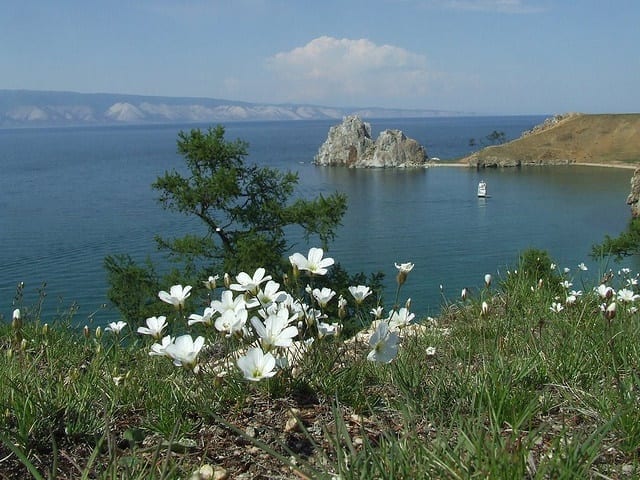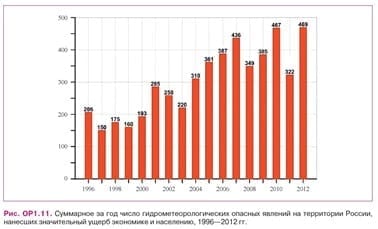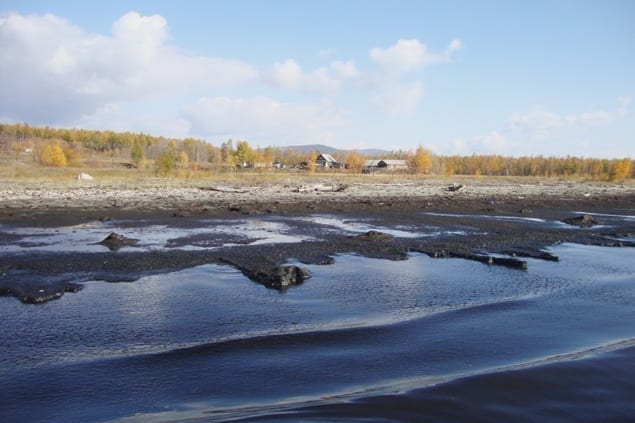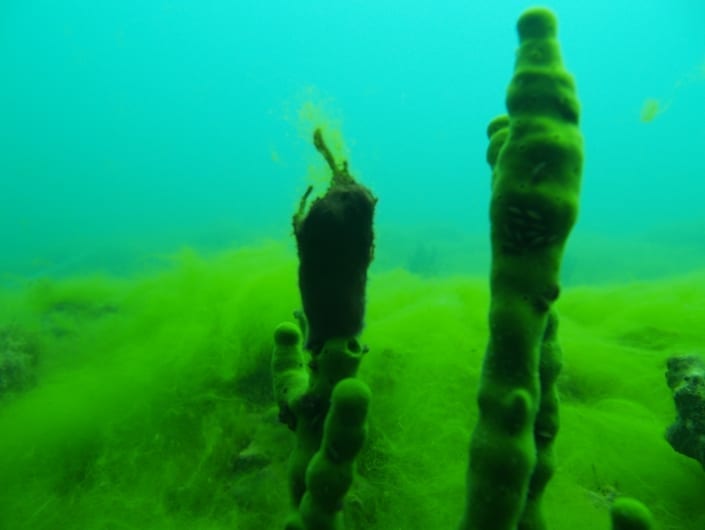In the very first days of 2015, Russia’s Minister of Natural Resources, Sergei Donskoi, officially declared Baikal an emergency zone because of a catastrophic drop in its water level. Baikal is the globe’s largest freshwater lake and is on the UNESCO World Heritage list. It is Russia’s pride and one of the most popular tourist destinations. Apart from that, Baikal and the Angara river that it feeds are the source of water for many cities, and the decreased water level may drain their storage reservoirs. In order to preserve the water supply for the cities, the amount of water flowing through the hydropower plants’ dams has to be decreased, which means reduced power production.
The Russian minister put the reason for the shallowing of Baikal in plain words: “The climate”. So what on Earth has happened to the climate?
Experts believe that precipitation in the Baikal area fluctuates in a cycle that spans several decades. However, what is taking place now is clearly beyond the margins of the normal variation. In late March, for example, the lake’s water level fell to 9 cm lower than the critical level. Such a period of water shortage has not been seen for 100 years. According to the Ministry of Emergencies, the water inflow to the lake was only 65 per cent of the climatic norm in summer and autumn 2014.
The shallowing of the Baikal is unfolding against the background of dramatic climate change in Russia: according to the Russian Meteorological Centre (Rosgidromet), the increase in the average temperature is happening here 2.5 times faster than it is globally. Climate change leads to a sharp increase in the number of natural disasters, including droughts.
Rosgidromet’s second report predicts situations like this in great detail as one of the possible outcomes of the climate change. “As a result of increased interannual variability of the runoff, above all seasonally, abnormally high-water as well as abnormally low-water years and seasons are possible. The financial damage caused by low water could be compared to that of floods, since it complicates the work of storage reservoirs, disrupts the water supply to cities and industrial facilities, decreases the production of hydropower, endangers river navigation and lowers the quality of the river water.”
The drop in water level is only part of Baikal’s problems. The most terrible may still be concealed under the lake’s surface. In the autumn of 2014 the shores of the lake began to transform into odorous waterplant pulp.
The lake’s ecosystem formed thanks to the clean and incredibly cold water (typically < 10℃) and is noted for its thickets of freshwater sponges, creating something that resembles the reefs of the Carribean.
But these awesome sponges are dying and their habitat is being overtaken by the same waterplants (Spirogyra is their academic name) which are cast ashore by storms. The unique “reef-like” landscape gives way to the mud-carpeted bottom characteristic of a sun-warmed pond rather than the lukewarm and deep Baikal.
Experts argue about the causes of these problems. Researchers from the Institute of Limnology have sounded an alarm because of the water pollution and are calling for urgent measures to be taken to limit sewage discharge into the lake. In the meantime, the Irkutsk region’s deputy minister of environment and natural resources, Nina Abarinova, sees the root cause of the problem in the low water content and high temperature of the water.
The Baikal water is warming up indeed. According to a study published as early as 2008, the termperature of the Baikal surface water had soared by 1.21 degrees since 1946.
Based on all of this, each factor is linked to others, and climate change has a leading role. Even the water pollution is indirectly related to the climate: the dramatic decline in water inflow leads to the development of stagnant zones accumulating dirt. Strikingly, the nemesis of the Baikal “reefs” is similar to that of their kin in the Caribbean, Pacific and Indian oceans; climate change and water pollution join forces to weaken the stability-loving sponges and corals while also creating excellent opportunities for the growth of the waterplants.
What is going on in the Baikal region is just one example of the massive evidence that global warming heralds nothing good even for the Russian cold. It’s too bad that today’s Russian society is barely prepared to acknowledge these global problems, even though reality is knocking on the door more and more loudly. The hope may be that the climatic activism in the region will raise awareness of perhaps the single most important problem of the XXIst century, especially given there are first successful projects.
LAST UPDATE: When this text was in preparation, another disaster hit the region. Severe wildfires in Khakassia and Tyva (near Baikal) killed more than 30 people and left hundreds homeless. Governor of Khakassia blaimed a “never seen before” climate anomaly – hot weather and strong wind – as the main cause of the diaster



